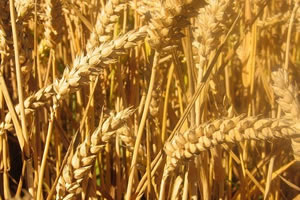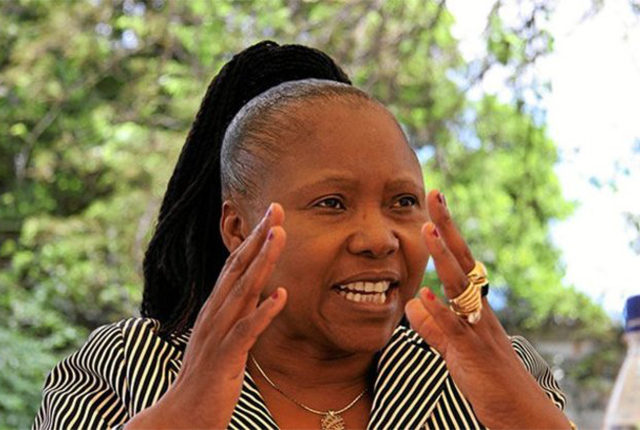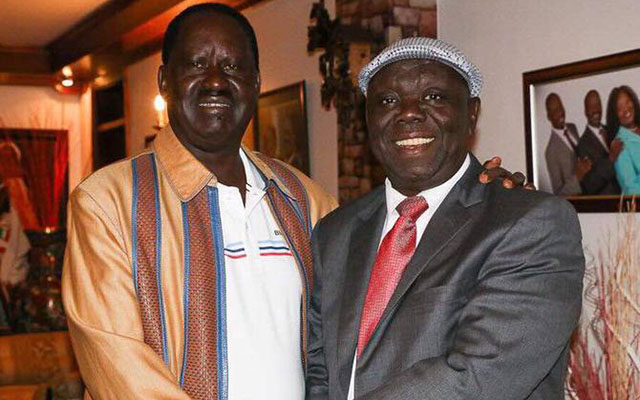Wheat board pushes for new pricing system

Tinashe Makichi Business Reporter
NEWLY formed Zimbabwe Wheat Board (ZWB) is pushing for the introduction of a pricing structure in the sector, which will cater for different wheat varieties this coming marketing season.
The goal is to reward farmers while also boosting production. The proposed pricing structure means millers will be mandated to avail different prices as compared to the $390 umbrella price offered to farmers last season.
In the current season, land under wheat is 44 000 hectares which is estimated to produce between 100 to 120 metric tonnes by end of year. This is compared to production of about 50 00 metric tonnes last season. Despite the expected harvest, the issue of uniform pricing of different varieties of wheat has proven to be a stumbling block as some farmers are of the opinion that they have not been fairly rewarded according to the quality of their production. Farmers in Zimbabwe produce two varieties of wheat — red wheat which is expensive and white wheat which is cheap but produces higher yields.
“The Zimbabwe Wheat Board is going to introduce ring testing and grading so that each grade is paid according to its quality,” Zimbabwe Wheat Board chairperson Givemore Mesoemvura said.
“In Zimbabwe we have two varieties of wheat, red wheat of higher quality and white which is of a lesser quality but yielding higher yields. So there is need to balance that,” he said after meeting Vice President Emmerson Mnangagwa this week.
ZWB is worried by increasing costs of wheat production compared to the region. Mr Mesoemvura said there is need for Government to address issues to do with electricity and water tariffs.
“We found ourselves agreeing that there is a need for each value chain player to look at their costs with a view of reducing cost of production which has made us uncompetitive on the regional and global market. So, these are some of the things we were looking at and informing Vice President Mnangagwa of activities we have undertaken,” Mr Mesoemvura said.
“Wheat farmers have challenges ranging from unsustainable electricity and water tariffs and even the technical capacity. We are going to be working with farmers to build their capacity,” he said.
The standard cost structure for wheat at high management levels ranges between $1 700 and $2 100 per hectare at full absorption (incorporating all variable costs) while according to the United States Department of Agriculture research the average cost of production per hectare is about $790.
This cost outlay is huge on a per hectare basis and as such experts have always called on farmers to achieve higher yields in the upwards of six tonnes per hectare to realise profitable margins. Zimbabwe is geared to achieve self-sufficiency this year and curb wheat flour imports, which have since been removed from the Open General Import Licence under Statutory Instrument 64 of 2016.
Increased private sector participation is expected in wheat production going forward as plans to put the crop under the Command Agriculture scheme gather momentum.
A specialised command scheme is being rolled out on the maize crop targeting two million tonnes yield from 400 000 hectares of land. Currently wheat contributes between 4 to 5 percent (a significant chunk) to the agriculture Gross Domestic Product. Producing this annual national requirement locally will double its contribution to the agriculture GDP.








Comments